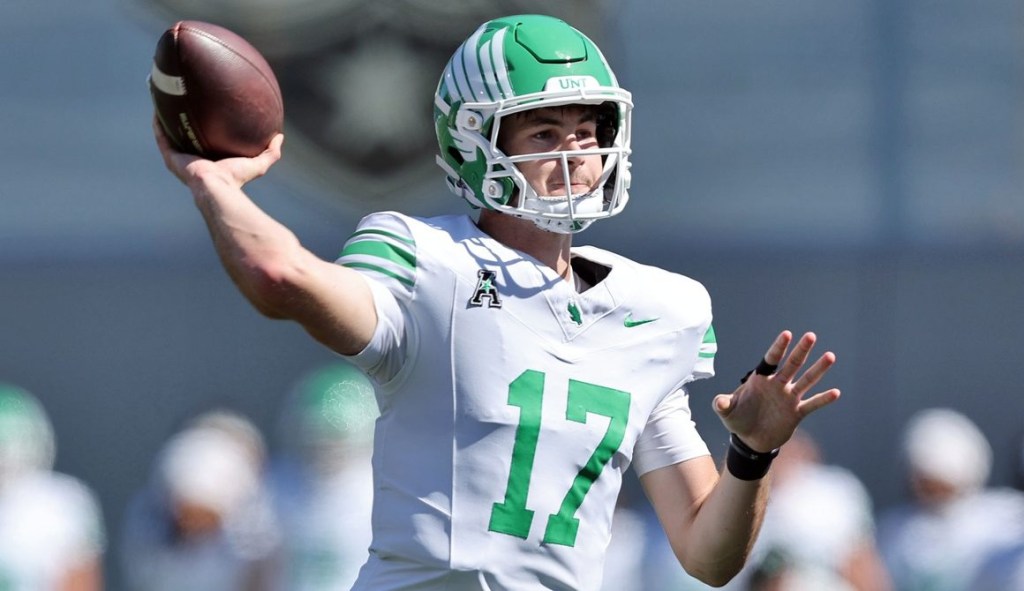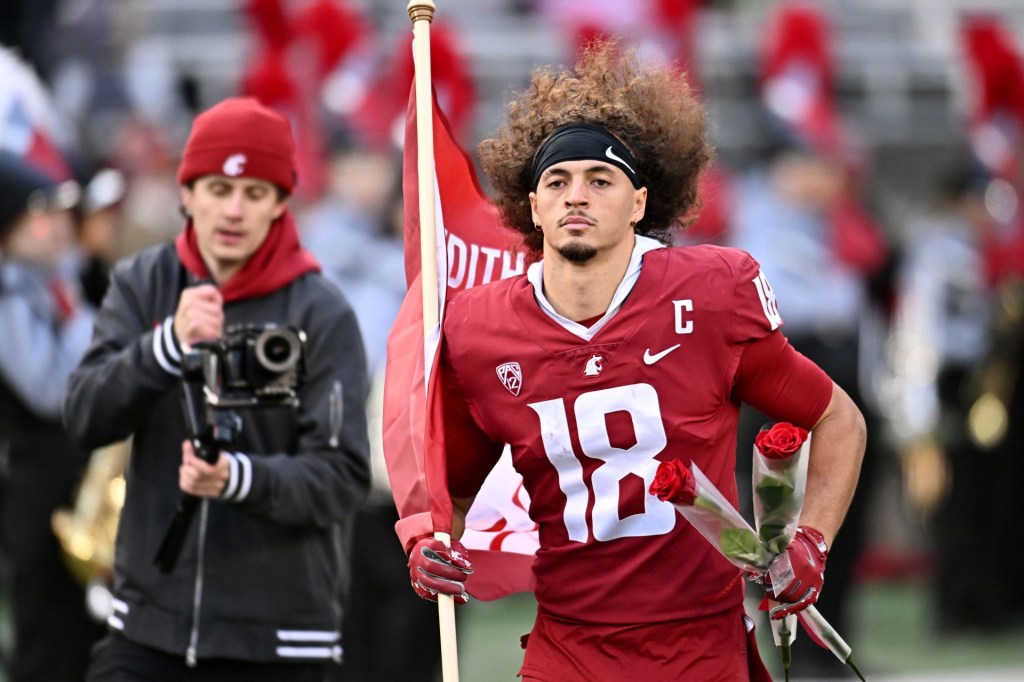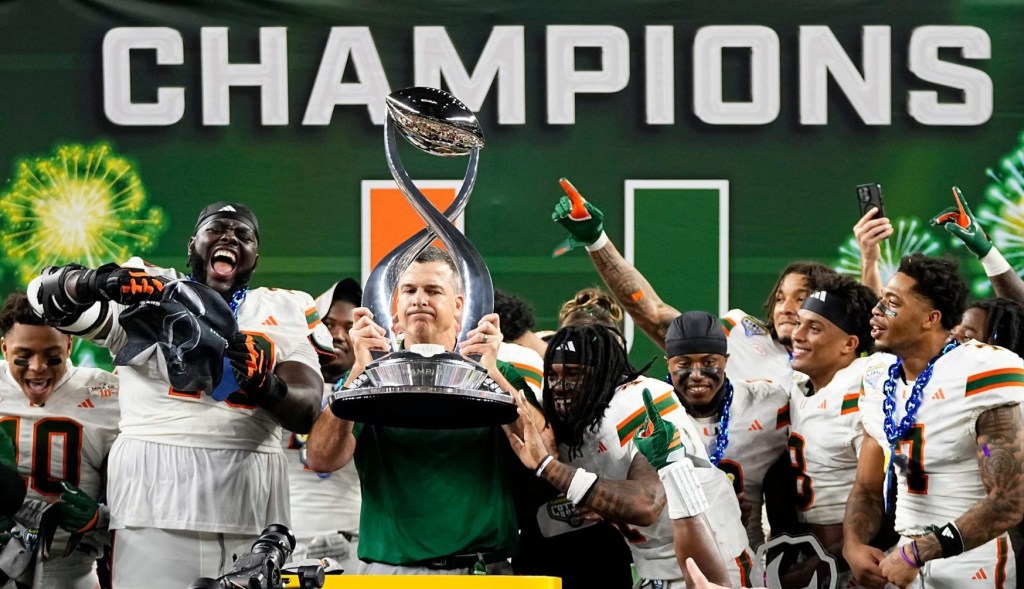As March Madness gets underway Tuesday night in Dayton with the First Four of the men’s NCAA tournament, so too does a once-prestigious event that is losing more flair each year: the National Invitation Tournament.
Founded in 1938 and gearing up for its 86th edition, the winner of the NIT early on in its history was often regarded as that year’s true national champion, as opposed to who came out victorious at the NCAA tournament. That clearly hasn’t been the case for decades, though, and now the NIT is struggling to maintain any relevance at all in the shifting college sports landscape.
Twelve Power 5 schools and five from the Big East will make up just over half of the NIT’s 32-team field that boasts Indiana State, Seton Hall, Wake Forest, and Villanova as its top seeds. But that was finalized only after eight major universities either declined invitations or made it known they would not accept one. Indiana, Memphis, Mississippi, Oklahoma, Pittsburgh, St. John’s, Syracuse, and Washington all presumably could have been in the NIT, if they wanted to.
Shrinking Footprint
The NIT has been controlled by the NCAA since 2005, and its media rights are baked into ESPN’s overarching college championships package that will pay out $920 million over the next eight years under a newly signed contract. But the women’s NCAA tournament comprises $65 million of that deal’s $115 million annual value. Last year, North Texas won its first NIT title over UAB in the final that garnered just 370,000 viewers on ESPN2 on a Thursday night. That was the lowest audience for the NIT title game since at least ’11, according to Sports Media Watch.
This year’s NIT semifinals and final will take place at Butler’s 9,100-seat Hinkle Fieldhouse in Indianapolis, airing on the main ESPN channel next month the day before the Final Four begins 1,700 miles away in Phoenix, where nearly 150,000 fans will watch the NCAA tournament end.
March Madness Expansion?
Last week, Big 12 commissioner Brett Yormark spoke publicly about possibly expanding the men’s NCAA tournament to 76 teams after recent reports suggested momentum for adding teams to the field was under consideration. Bubble teams that feel snubbed this year would surely be more interested in participating in an expanded NCAA tournament than future iterations of the NIT. But whether their disinterest in the longstanding event leads to the growth of its rival remains to be seen.

















